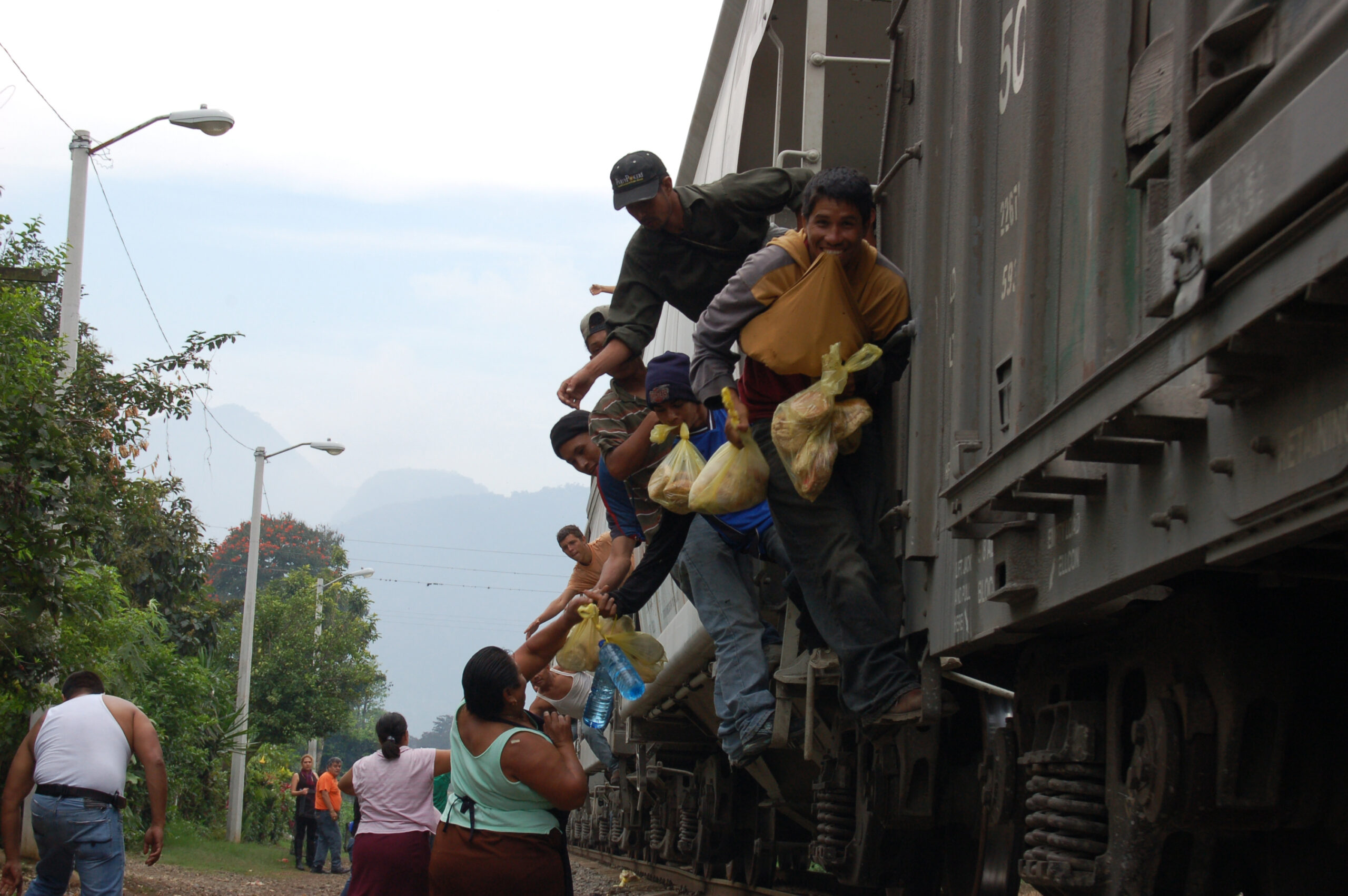In August, were 814 people detained daily by the Border Patrol in the El Paso sector of the border. At the end of September, that number grew to 1,272 detentions a day. At the same time, the President of the United States, Joe Biden, announced via the Department of National Security, the renewal and expansion of the Temporary Protected Status for the 472,000 people coming from Venezuela. The news reports all displayed images of long lines of women, children, and men in provisional camps at access point 36 of the border wall, under the watch of the Texas National Guard.
For certain, this announcement by the US, of providing TPS permits, undoubtedly rekindled new hope for those who have endured long journeys in search of a secure life. But what is the trick here? The TPS would only be a possibility for those who had resided continuously in the country up until July 31 of this year. This was not a deterrent to the interception of 25 thousand people during September by the Border Patrol of the United States or the efforts to dissuade people from crossing by the armed forces on the Mexican side of the Rio Bravo.
Throughout all this time the US authorities have insisted that the only way to enter the country for those who enter in an irregular manner is with the CPB One application under Title 8. However, during these past 12 months, starting from October 2022, this same entity has opened informal access throughout the length of the border wall, where many refugees have envisioned an additional possibility of registering in CPB One. The same application has presented difficulties to those who attempt to get an appointment through any means possible. The images of families trapped in the middle of the river are constant. They resist as they are retained behind barbed wire, diverse uniformed agents, and their weapons.
On the 28th of September, the local paper with the broadest reach announced the arrival in Ciudad Juarez of 2,500 people aboard a Ferromex cargo train, owned by Grupo Mexico. There are hundreds more stuck in Tabalaopa, Chihuahua, waiting in the middle of the desert for the train to continue its course, guarded by the National Migration Institute (INM) attempts to dissuade those aboard to leave, arguing for their well-being and the impossibility of being received by the US government. In a few cases they obtained the results they wanted; to limit free transit voluntarily. From September 18 to October 3, 27,066 people were persuaded to abandon the roofs of these trains, according to the INM.
A week before this incident Grupo Mexico distributed a bulletin announcing the suspension of travel for 60 trains that cross through various cities in south, central, and northern Mexico. Apparently the considerable number of people who gathered in the terraces of the train corporation, close to 1,500 individuals, in Torreon, Coahuila, alarmed the owners. The reason they gave was their concern for the security of those who travel on the roofs of the train cars, given that they face the risk of falls or mutilation. Just a few days after this announcement, people continued to arrive in this manner, with the only difference being that immigration agents and armed police intercepted them as they traveled slowly, often stalled for hours in the desert of Chihuahua supposedly due to mechanical problems. The trip from the capital of the state to Ciudad Juarez turned into an odyssey of almost 18 hours for a trip that normally takes four hours by car.
All of these images just described are the product of an exceptionally coordinated effort between the National Migration Institute (INM) headed by Commissioner Francisco Garduno Yanez, who is tied to a criminal investigation for the illicit exercise of public duties resulting in the death of 40 persons under detention in the temporary station of Ciudad Jaurez on March 27- along with the Governor of Chihuahua, Maria Eugenia Campos Galvan, the president of the municipality of Ciudad Juarez, Cruz Perez Cuellar, members of the Secretary of National defense and the National Guard, Issac Franklin representative of Ferromex, and Commissioner of CBP, Troy Miller. If anyone is asking about what is going on at the border of Ciudad Juarez and El Paso, they will find the answer in that meeting.
There were at least 15 action points agreed upon by the members of that meeting, clearly demonstrating the close collaboration between the migration departments of Mexico and the US. They have committed to providing a daily report to the authorities of the El Paso Sector, by the INM, stating that the cargo train has departed from Torreon, Coahuila without any people on board. Moreover, the necessary procedures will be created to return people from Cuba, Brasil, Venezuela, Colombia, and Nicaragua to their countries of origin once they have been turned in to the INM at a border crossing. Included is the instruction of the North Americans on intercepting the population in transit on trains, airports, and practically any way or form they may use to migrate.
Another key point that was agreed on is the installation of a shelter for the families in transit. Although this was put forward in the meeting, it is hardly a novelty. The municipal president of Ciudad Juarez has referred to this idea by giving at least three different locations in what has been a very dubious process. Initially, he referred to locating the shelter in the northwest part of the city, an area known for its high levels of activity by criminal groups. Later he reevaluated and chose a location on the southeast part of the municipality. Unfortunately, every action taken and word spoken to promote stigmas against the migrant population that was repeated over and over by the media, businessmen, the municipal government and the state has its consequences. The residents of the area that was proposed protested against the shelter, alluding to the possible increase in crimes committed by the immigrant population, even without real proof of their participation in these crimes. To put it simply the stigma showed its harmful results.
In spite of having direct dialogues with the residents of the area, they were not able to reach any favorable agreement, leaving no choice but to look for another space for the installation of the temporary shelter. The municipality ended up establishing the shelter in an area with a history of flooding where a few months ago without much transparency a similar encampment took place.
The collaboration for attending to the shelter will be between the municipality and the federation, but no substantial changes that come from the first proposal, including the installation of portable showers within the tents. In previous months this possibility did not exist, leaving people to attend to their personal hygiene with treated water in public view. Unfortunately, the use of municipal police in the perimeter of the area continues. It seems that securing basic rights depends completely on the political moment that is being experienced. There are still doubts about the operation of the shelter due to the fact that Mayor Cruz Perez Cuellar has referred to the idea that the shelter would be permanent and would be located in the northwest, but this time it would be only for women who are in transit. It is worrisome to see the juggling acts that the so-called protectors do with people’s lives.
Let’s hope there will be good news from this side of the border; let’s hope the images that are out there in the local, national and world media are sensationalistic falsehoods. Unfortunately, the hard reality is that thousands of refugees are obligated to survive in the face of insensitive authorities and businessmen who only look out for their economic losses. In a city where in only 9 days 45 homicides took place, the people who are in transit are the most vulnerable. Recently, according to references from the media and from the victims themselves, a group of people from Guatemala were gunned down by members of the armed forces. Two died, four were injured and none were detained.
When everything appears to be chaotic the only option is to risk the opportunity to ask for international protection by means of an open entry point. However, the answers are ambiguous at best. I conclude this piece with hope that the situation improves for those who today find themselves stuck in an uncertain border.
Diana Solis Labrado, Derechos Humanos Integrales en Accion, AC, Incidencia, análisis e investigación
El Tribuno del Pueblo brings you articles written by individuals or organizations, along with our own reporting. Bylined articles reflect the views of the authors. Unsigned articles reflect the views of the editorial board. Please credit the source when sharing: tribunodelpueblo.org. We’re all volunteers, no paid staff. Please donate at http://tribunodelpueblo.org to keep bringing you the voices of the movement because no human being is illegal.



